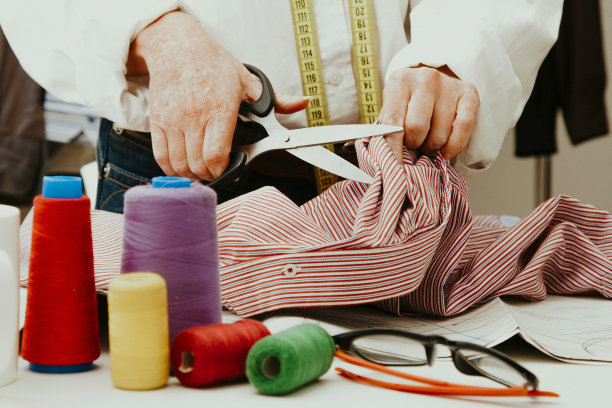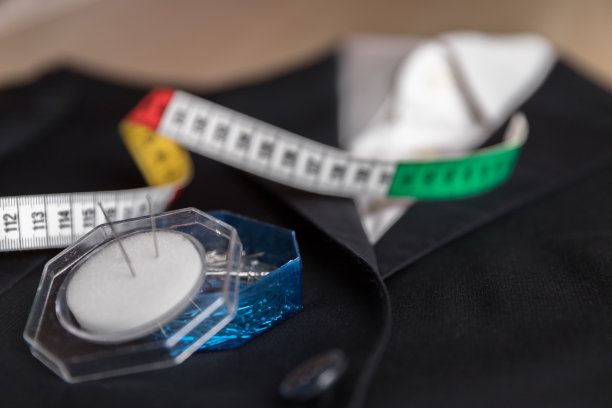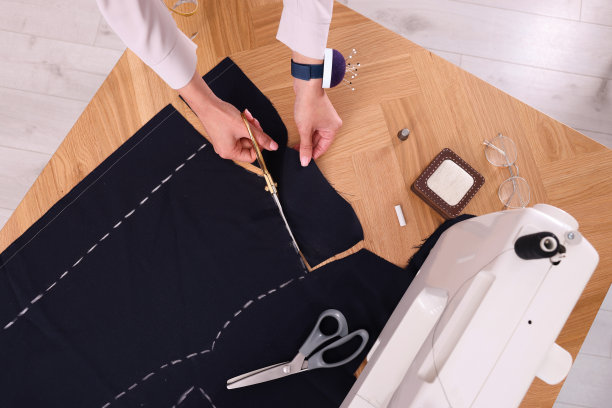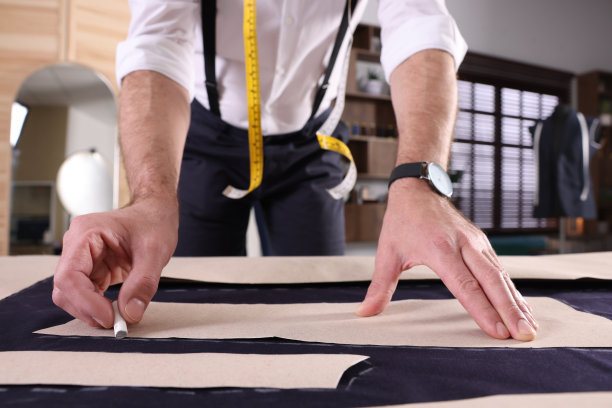When it comes to tailoring marking chalk, the shape of the chalk can make a significant difference in your sewing precision and ease of use. The two most popular shapes in the market are triangle tailor chalk and square tailor chalk. While both tools serve the same purpose — to mark fabric accurately — their different shapes offer distinct benefits. In this article, we will explore the advantages of each and help you decide whether triangle vs. square tailor chalk is the better choice for your next tailoring project.

What is Triangle Tailor Chalk?
Triangle tailor chalk is a three-sided marking tool that has gained popularity among tailors for its versatile design. The shape of the triangle allows for greater control when marking seams, darts, and other intricate patterns on fabric. Many tailors appreciate the sharp edges of triangle chalk, which create precise lines without smudging or bleeding.
Benefits of Triangle Tailor Chalk:
- Sharp, Clean Lines: The pointed edges make it easy to create crisp, clean lines on fabric, ideal for detailed work.
- Versatile Marking: The three corners of the chalk allow for different angles of marking, offering flexibility for various fabric types and project needs.
- Ergonomic Design: The triangle shape fits comfortably in your hand, providing better grip and ease of use for extended sewing sessions.

What is Square Tailor Chalk?
Square tailor chalk, as the name suggests, is a block-shaped marking tool with four sides. This type of chalk is generally more durable and offers a broader surface for marking. While it may not offer the precision of triangle chalk for intricate designs, square tailor chalk is ideal for creating straight lines, cutting guides, and large seam allowances.
Benefits of Square Tailor Chalk:
- Flat Surface for Larger Marks: The square shape offers a wider marking area, making it perfect for larger projects where you need more extensive markings.
- Durability: The square design ensures a longer-lasting chalk, as it wears down evenly without losing shape quickly.
- Comfortable for Bigger Projects: Square chalks tend to be easier to hold for longer periods, making them suitable for larger-scale tailoring or quilting projects.
Triangle vs. Square Tailor Chalk: Which One Should You Choose?
When comparing triangle vs. square tailor chalk, it’s important to consider the type of sewing project you’re working on. Both types have specific advantages, and choosing the right chalk for the job can improve your precision and efficiency. Here’s how you can decide:
- Precision and Detail Work: If you’re working on delicate details like seam lines, darts, or patterns that require sharp precision, triangle tailor chalk is likely the better option. Its sharp corners allow for fine detailing without the risk of smudging.
- Large Projects: For larger projects like quilting, tailoring heavy fabrics, or when marking broad areas, square tailor chalk offers better coverage. The larger surface area makes it easier to mark straight lines and large seam allowances quickly.
- Comfort and Handling: If comfort during extended use is a concern, square tailor chalk may be more comfortable to hold, especially if you’re working on a project that requires a lot of marking. The flat design provides a better grip for long sewing sessions.
- Durability and Longevity: While both types of chalk are durable, square tailor chalk tends to last longer because of its shape, which wears down more evenly. If you need a chalk that will withstand heavy use, this might be a better option.

How to Use Triangle and Square Tailor Chalk
Using Triangle Tailor Chalk:
- Hold the chalk by one of its points for precision.
- Lightly draw the fabric markings you need, adjusting the angle of the chalk for different parts of the fabric.
- After completing your markings, simply brush off any excess chalk or wash the fabric to remove any leftover markings.
Using Square Tailor Chalk:
- Use the broader side of the chalk for straight or long markings, and the edges for finer lines.
- Mark the fabric, ensuring the chalk doesn’t press too hard to avoid unwanted deep marks.
- After finishing your project, remove the chalk with a fabric brush or by washing the fabric.

Which One is Right for You?
The decision between triangle vs. square tailor chalk ultimately depends on the kind of tailoring projects you work on most often. If you frequently handle detailed work or need sharp, clean lines for intricate patterns, triangle tailor chalk is the ideal choice. However, for larger-scale projects, more general markings, or when durability is key, square tailor chalk may be the better option.
Both shapes serve their purpose and offer specific advantages for different types of projects, so it’s often a good idea to have both types on hand, depending on the task at hand.
Conclusion
In the debate of triangle vs. square tailor chalk, there is no definitive winner — it all depends on your needs as a tailor. Both options have unique benefits, and understanding the specific advantages of each shape will help you choose the right tool for your project. Whether you’re working with intricate designs or marking large sections of fabric, the right tailoring marking chalk can make all the difference in achieving the precision and professional results you’re aiming for.